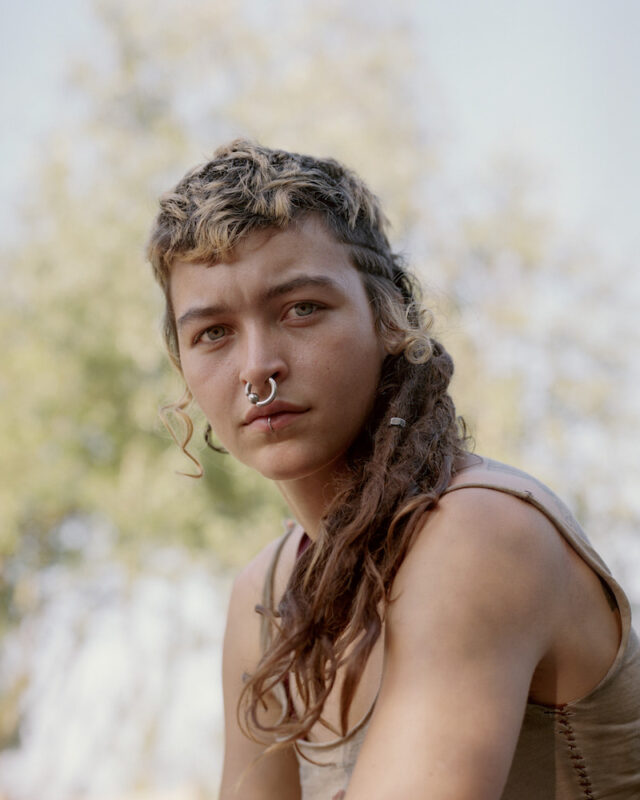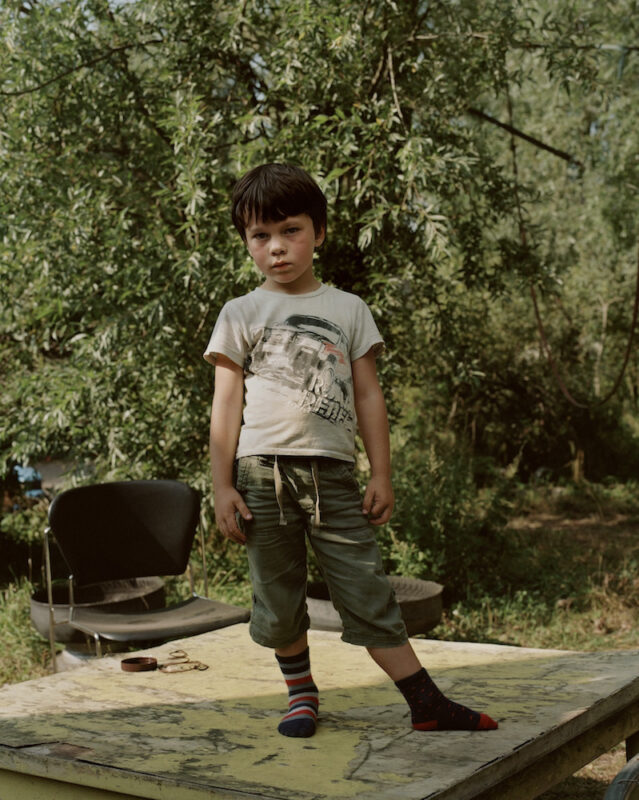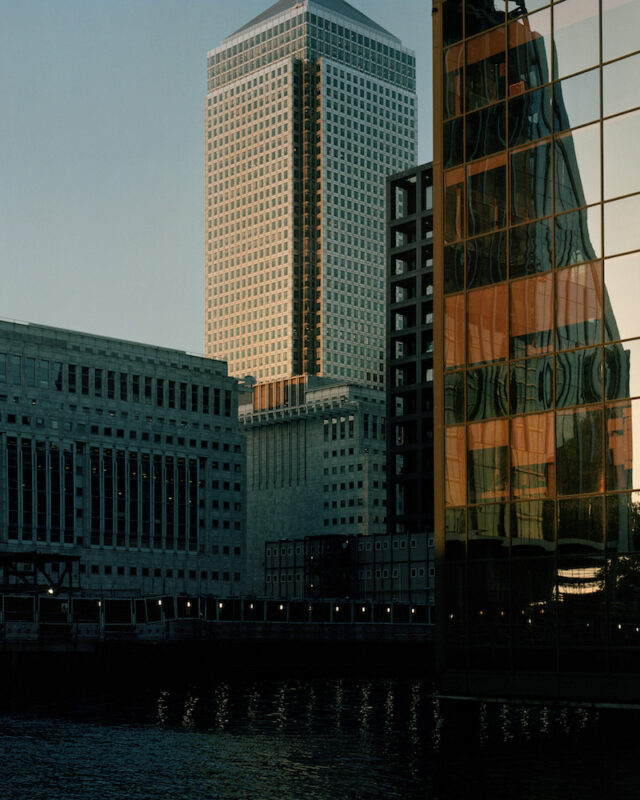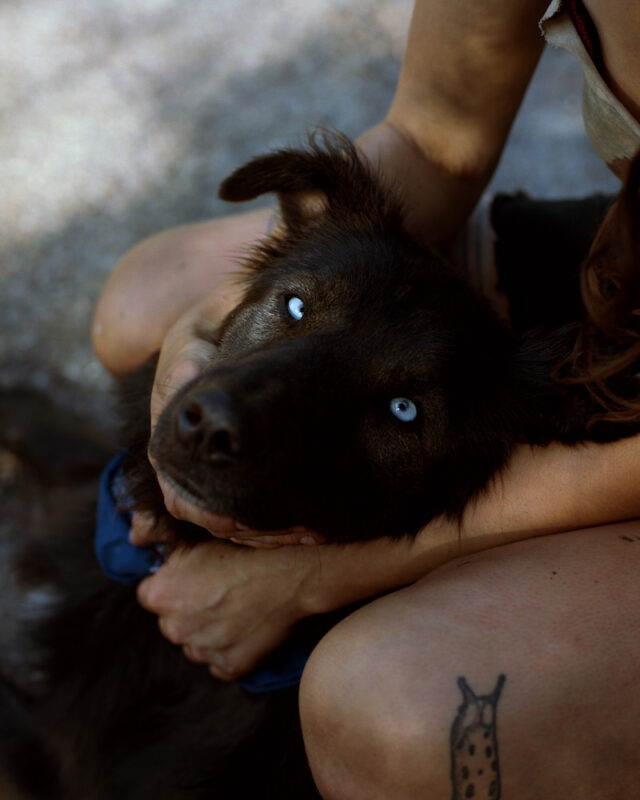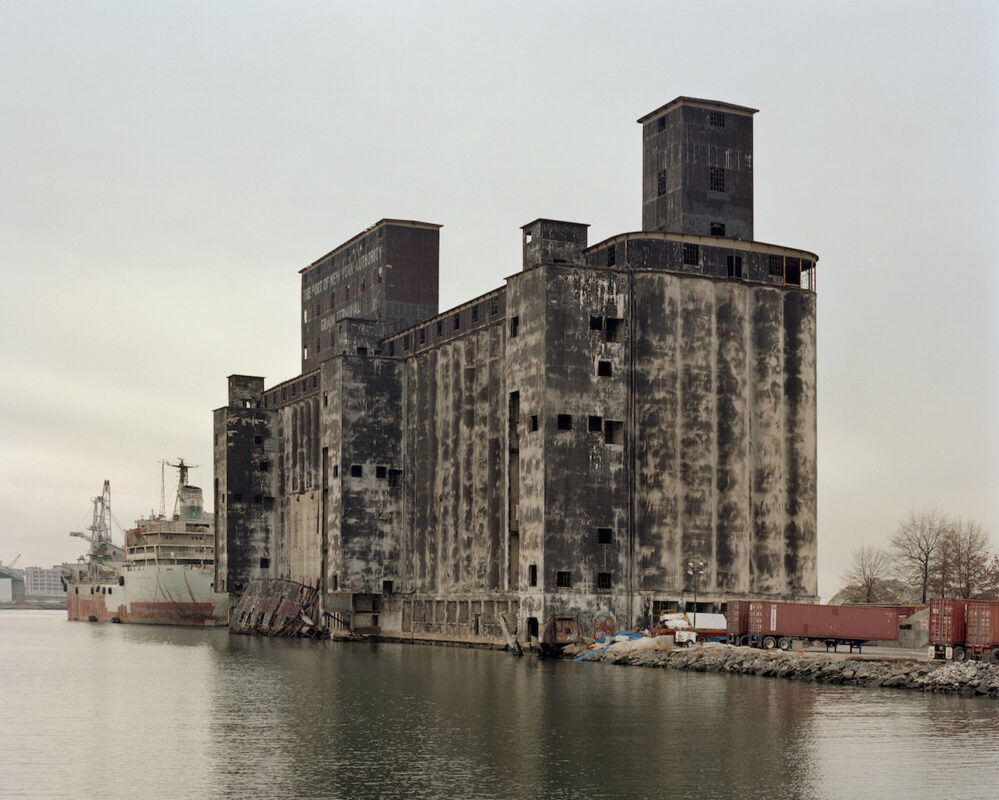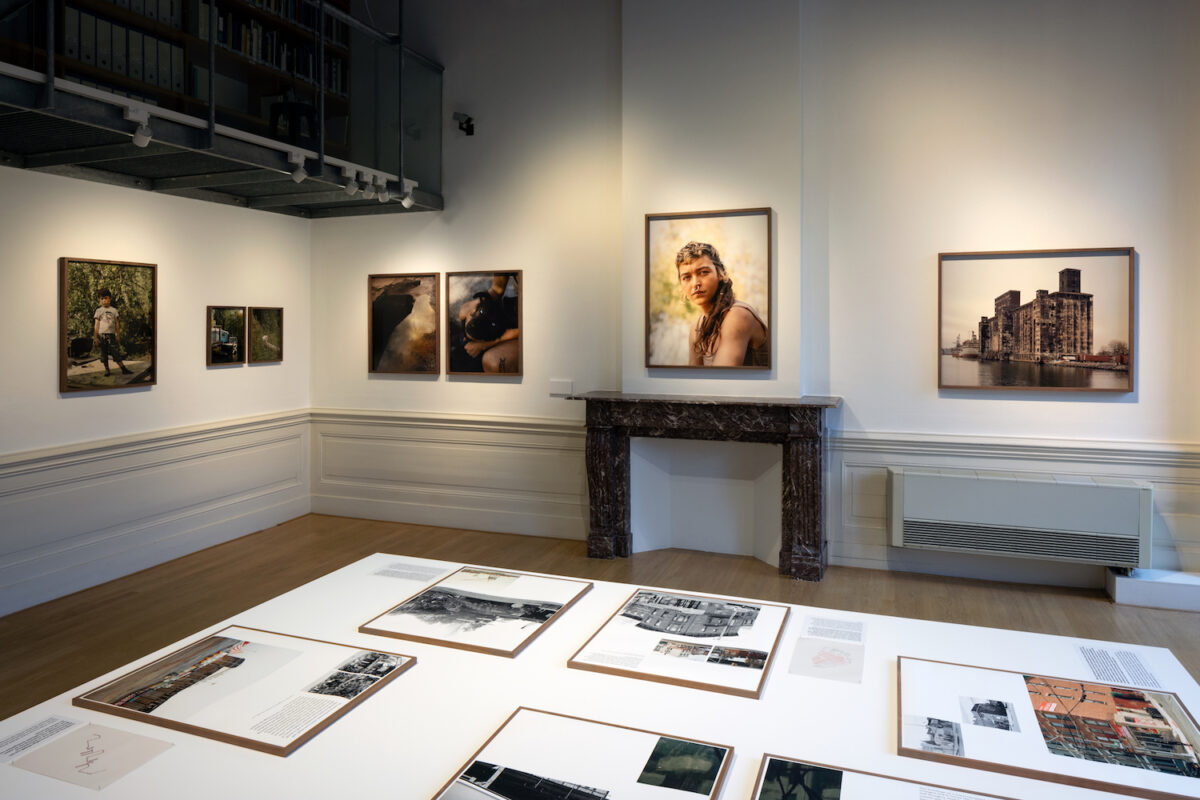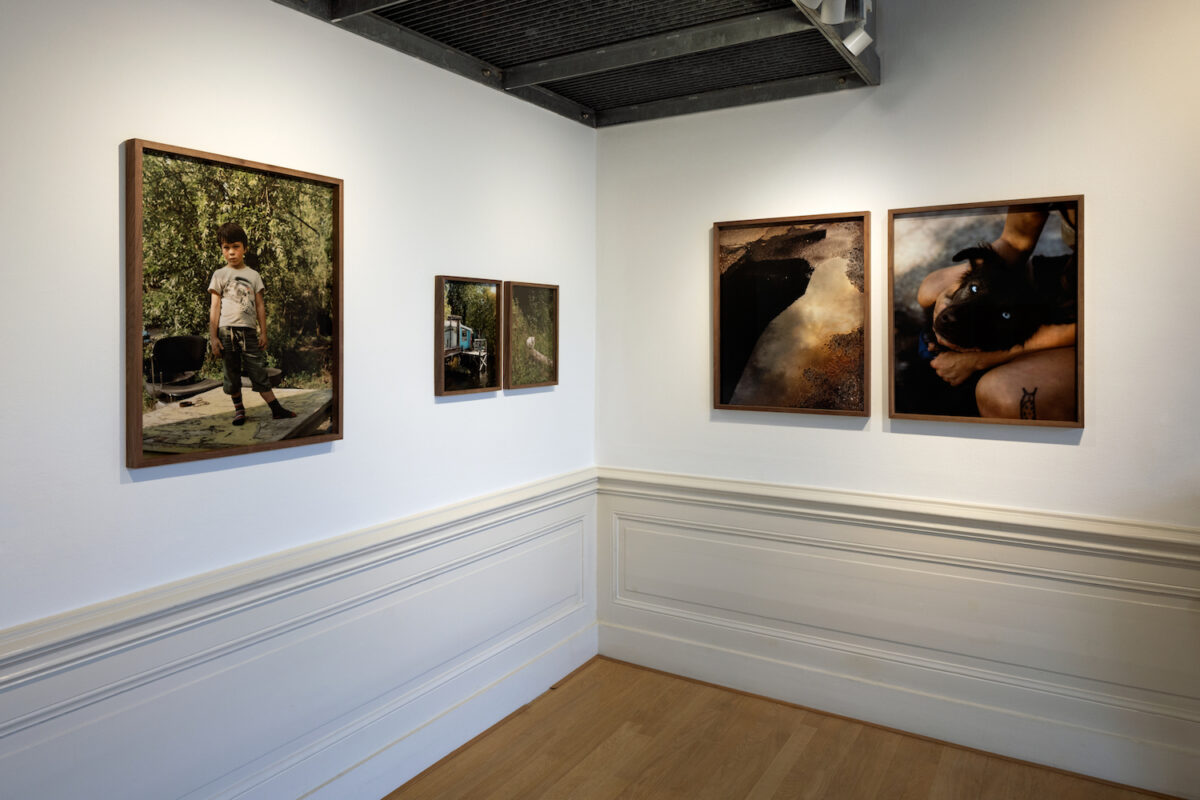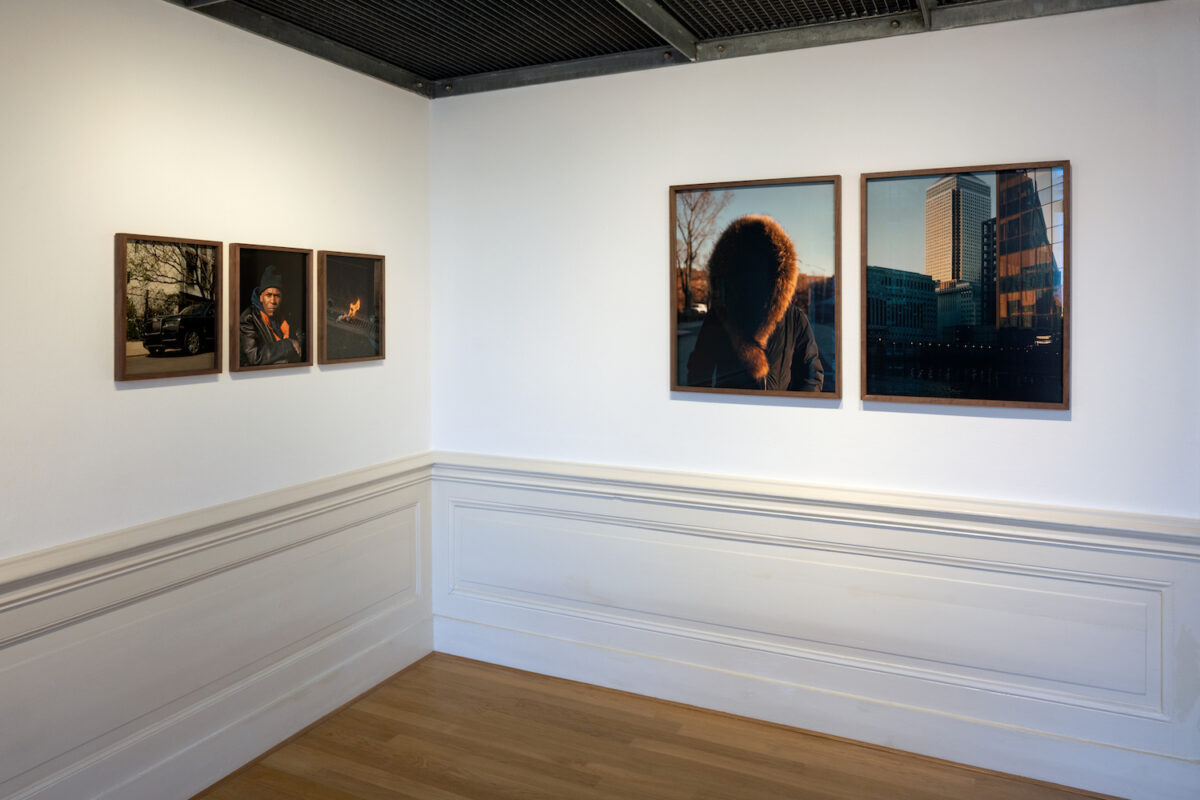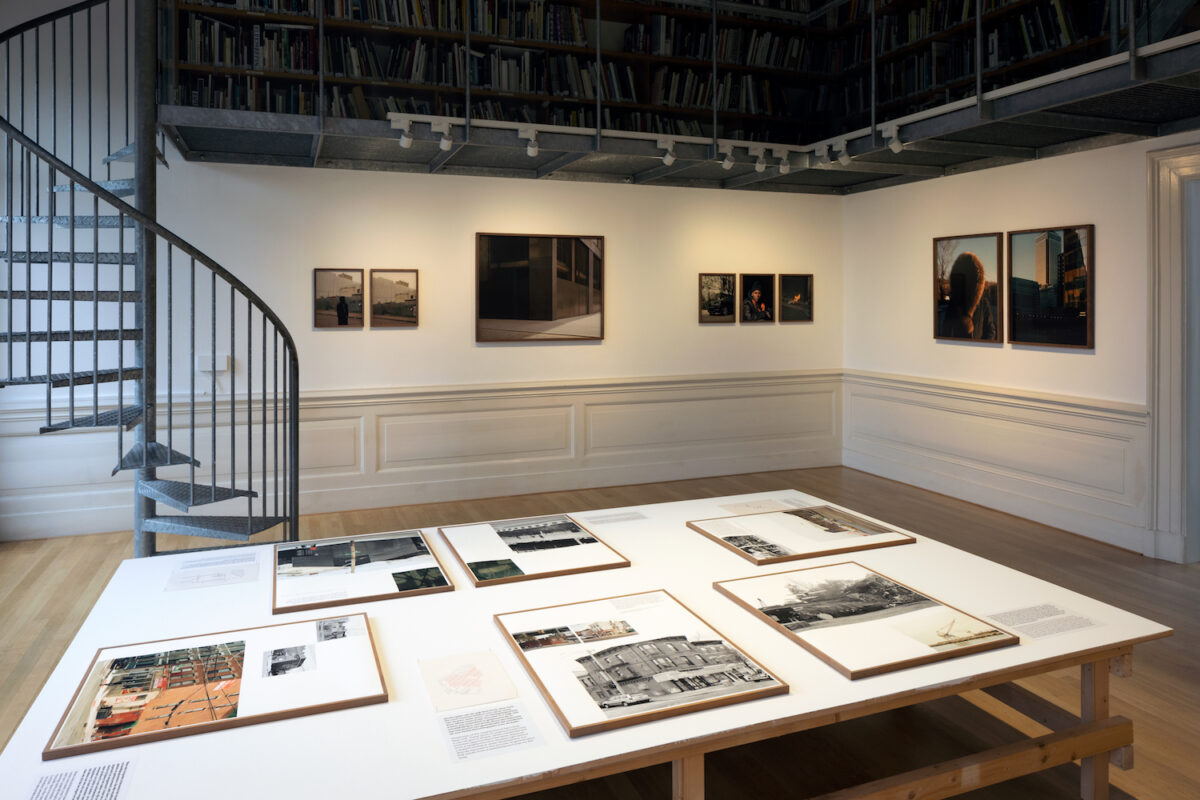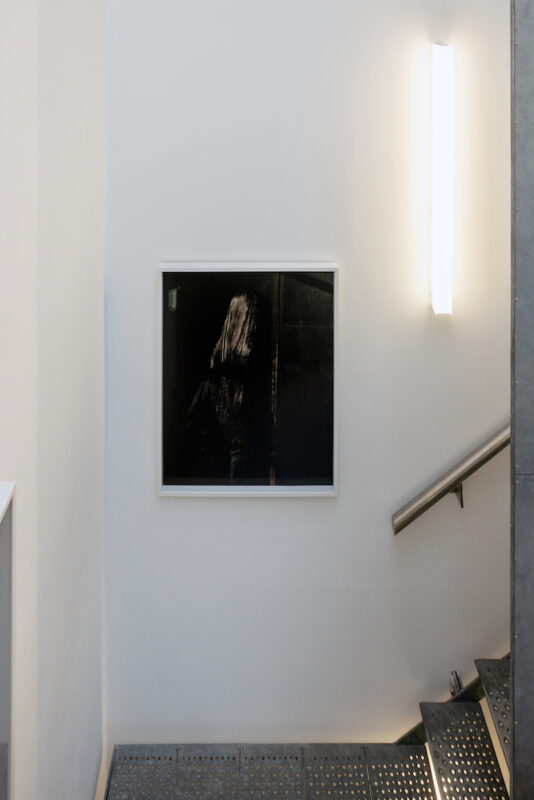Sem Langendijk
Haven
Exhibition review by Jilke Golbach
Jilke Golbach visits Haven, Sem Langendijk’s current exhibition at Foam Amsterdam, the Netherlands, and leaves wishing for more fruitful avenues of critique via a deeper dive into what sustains squatter communities, in the process asking: what can photography uncover when we look closely, and listen carefully alongside?
‘City air will set one free,’ goes an old German saying, carved into the gates of medieval Europe’s main trading cities. It referred to a law that freed city residents from feudal conditions, fostering a new sense of autonomy, spurring migration from country to city, and turning towns into vibrant centres of trade and commerce. Long since, urban life has been associated with liberty. Great cities thrive on the unrestricted coming together of people and ideas, of different ways of thinking and modes of being. And it is in cities that collective struggles for rights and freedoms have been most fiercely fought.
By the middle of this century, cities are projected to house three quarters of the planet’s population. But what’s left of our urban freedoms? This question lies at the heart of Sem Langendijk’s documentary project Haven, which is on show at Foam, Amsterdam, the Netherlands, until 18 June, and was published as a book by The Eriskay Connection in 2022. Through stark urban landscape photographs and sympathetic portraits, Langendijk explores the transformation of post-industrial areas in London, Amsterdam and New York. Crossing borders between these urban centres, he examines the processes of regeneration, gentrification and privatisation in an effort to chart the double meaning of the word ‘haven’ as both a harbour and place of refuge.
Langendijk’s own childhood forms the point of departure for Haven. The photographer was raised in a community of squatters, creatives and workers in the western docklands of Amsterdam, where his parents set up home in an abandoned railway station. At the age of ten, this transient community was demolished to make way for new residential development. Langendijk only came to appreciate his extraordinary youth much later. He now fondly remembers growing up with a sense of unbounded freedom and adventure. “For me this project was about homecoming,” says Langendijk. “The goal was to create a narrative about my childhood, about what I experienced growing up in Amsterdam, and to pay tribute to that.”
His pictures of current squatter communities holding onto the industrial fringes of Amsterdam against an encroaching skyline of new-built apartment blocks reflect this search of a home that no longer exists. In the defiant gaze of a boy, photographed in mismatching socks whilst stood on a weathered table, we might see a translation of Langendijk’s own experiences but also a provocation to consider who or what is lost when alternative ways of urban living are erased.
Langendijk is preoccupied with the urban processes that make cities increasingly unlivable for everyone but monied metropolitan elites, where historical ties and neighbourhoods are replaced with new, often dystopian realities of anonymity, surveillance and governance. With Haven, he seeks to place the transformation of the Amsterdam docks in dialogue with the Docklands of London and the Red Hook neighbourhood of New York – all formerly industrial waterfront areas where local or creative communities once thrived but which are now dominated by private, often global interests.
The subject of urban change has long captivated photographers, be it post-war reconstruction, industrial ruination, sites of memory, suburbia, council estates, or community life. Today, a critique of the processes and flows of capital that are causing widespread urban displacement, social exclusion and socio-economic inequality is much needed. The photographs on display here show stark contrasts: on the one hand, we are confronted with alienating architectures of glass and steel; on the other hand, we come face-to-face with people living on the margins.
Haven offers few contextual anchors, with the photographs remaining untitled, undated and unlocated. This disorientation serves to emphasise the increasing homogeneity of these cityscapes but also allows subtle resonances to emerge between the works. Only in a few places does text support interpretation, sometimes in the form of quotes from well-known urbanists such as Kevin Lynch, Jane Jacobs and Richard Sennett, which feature in the book as well as the exhibition.
The result is visually striking, yet one wonders whether a critique of these issues might not benefit from a greater inclusion of voices and research-based documentation. If what is at stake with gentrification is the disappearance of locality, the loss of place specificity, and the social exclusion of entire groups or classes of people, doesn’t abstraction further add to the erasure of a human scale? Even if strong similarities exist between the development of London, Amsterdam and New York (certainly in terms of their architectural aesthetics and capital flows), shouldn’t they also be understood within their own historical, political and social contexts? Are the creatives, ravers and festival-goers of the docklands of Amsterdam really the same as the residents displaced from Brooklyn, New York?
Without attention to specificity, there is a chance of reproducing a simplifying narrative that pits “true creatives” against “elite ghettos”, poor residents against trendy coffee bars, and corporate bodies against the man on the street. Whilst this goes some way to answering one of the project’s central questions – “Who owns the city?” – the mechanisms of gentrification are typically far more complex than simple dichotomies would allow. Gentrification is a symptom, not just a cause of accelerating cycles of change, a spiralling housing problem, and a growing cost of living crisis. The true problems of cities are problems of capitalism – an illusion of unlimited growth that endlessly reproduces the same inequalities in space. We are all caught up and complicit in the forces that drive it. But whilst the processes are global, the effects are hyper local.
How do we engage with such enormous complexity through photography? What questions can we ask? And what pitfalls should we aim to avoid?
Langendijk takes the decades after 1960 as a counterpoint to today’s urban transformations, drawing inspiration from urban scholars and grassroots movements active in the second half of the 20th century. In those years, deindustrialisation and suburbanisation in Western cities left large parts of cities empty, with one result being that space was, for a time anyway, easier to come by. Seen through Langendijk’s lens, post-industrial areas became “fertile playgrounds” for outsiders and creatives, and abandoned docklands “a free haven for the adventurous”. But what if we approached these spaces through a more critical lens that included questions of race, gender and class? Were they really such safe havens, and for whom?
Nostalgia runs the risk of glossing over the rougher edges of complex circumstances. Concerns over the homogenisation of cities and the destruction of social and historical urban fabric had already taken root in the 1960s, leading to vigorous academic and mainstream debates about the “urban question”. Authors such as Jane Jacobs were influential in such debates but have also since been heavily critiqued for their own positionality and blind spots with regards to the intersectionalities of urban injustice.
A nostalgic view of squatters’ communities, authentic neighbourhoods or other ways of living, born from a longing for one’s childhood, a desire for homecoming or simply better days gone by, is a relatable impulse in a world that seems to slip ever more quickly through our fingers. But perhaps a deep dive into what sustains certain communities, sometimes against powerful odds, would be a more fruitful avenue of critique. What does urban resistance look like? What lessons can be drawn from such communities that might offer hope for different ways of city-making? What can photography uncover when we look closely, and listen carefully alongside?
Cities have always been sites of struggle. In the words of the highly influential urban theorist Henri Lefebvre, they are ‘conflictual and dialectical, open to becoming, to encounters (both fearful and pleasurable), and to the perpetual pursuit of unknowable novelty’. The struggle is about shaping our cities after ‘our heart’s desire’. But it is this freedom to struggle, to even be part of the city to begin with, that is increasingly under pressure today. In many ways, we already know the answer to the question: “Who owns the city?”. But how we exert our right to it, how we protect, assert and demand our urban freedoms, is a far bigger task. Any effort to grapple with such questions – through photography or otherwise – can only begin from a critical place of situated and intersectional understanding, and an open-ended engagement with both place and people. ♦
All images courtesy the artist and Foam, Amsterdam © Sem Langendijk.
Installation views of Haven at Foam 3h, Amsterdam, the Netherlands, until 18 June.
—
Jilke Golbach is an independent curator specialising in photography. She was previously Curator of Photographs at the Museum of London. Alongside her curatorial practice, she is completing a PhD project at University College London on the subject of heritage, neoliberal urbanism and the right to the city.
Images:
1-“Summer” (2018) © Sem Langendijk.
2-“Tommy” (2018) © Sem Langendijk.
3-“Canary Wharf” (2019) © Sem Langendijk.
4-“Dog” (2018) © Sem Langendijk.
5-“New York Grain Terminal” (2016) © Sem Langendijk.
6>10-Installation views of Haven at Foam 3h, Amsterdam, the Netherlands, until 18 June.

